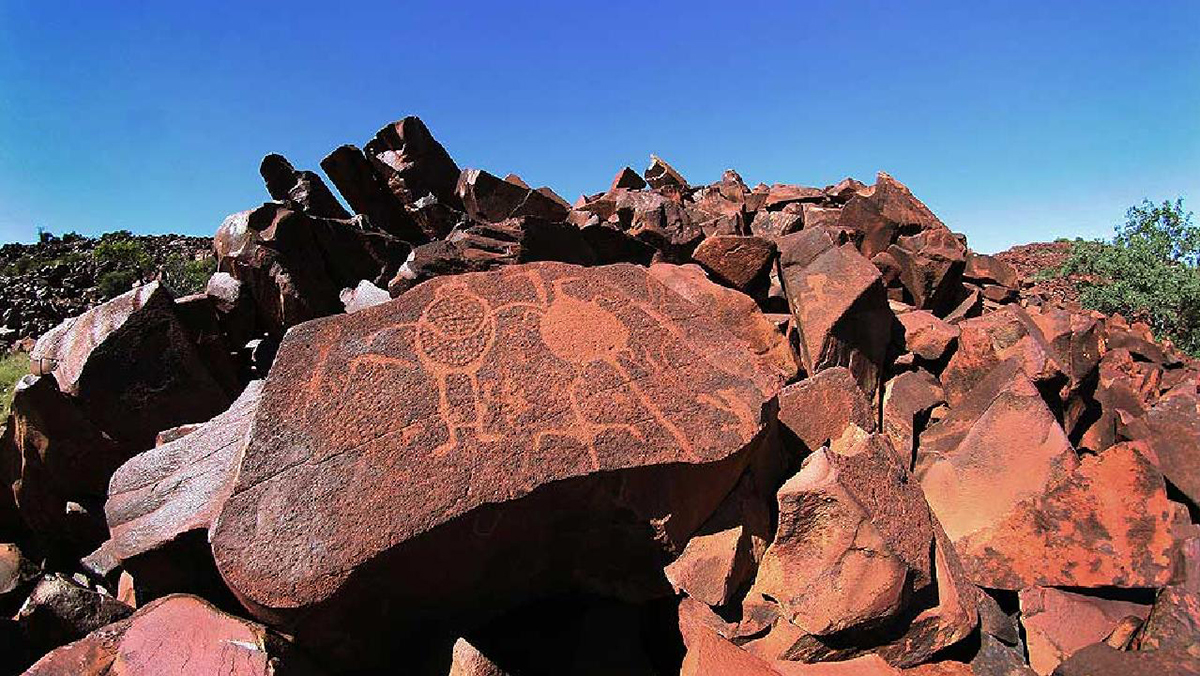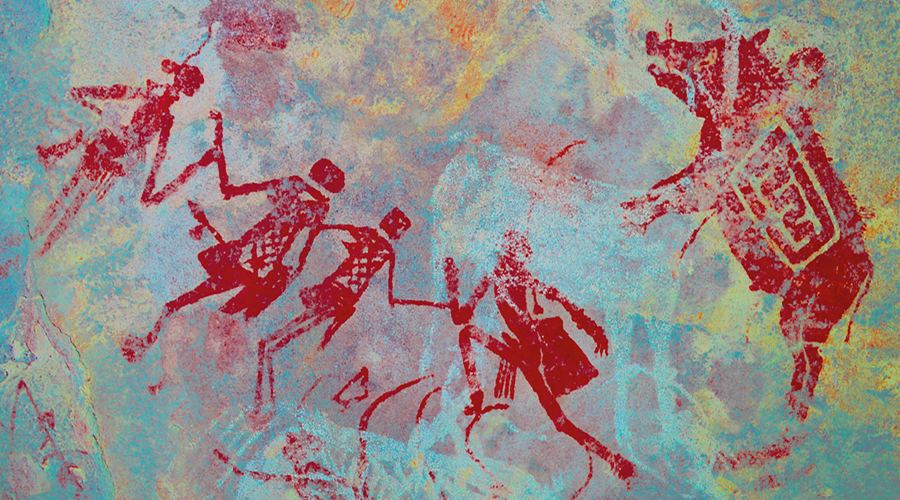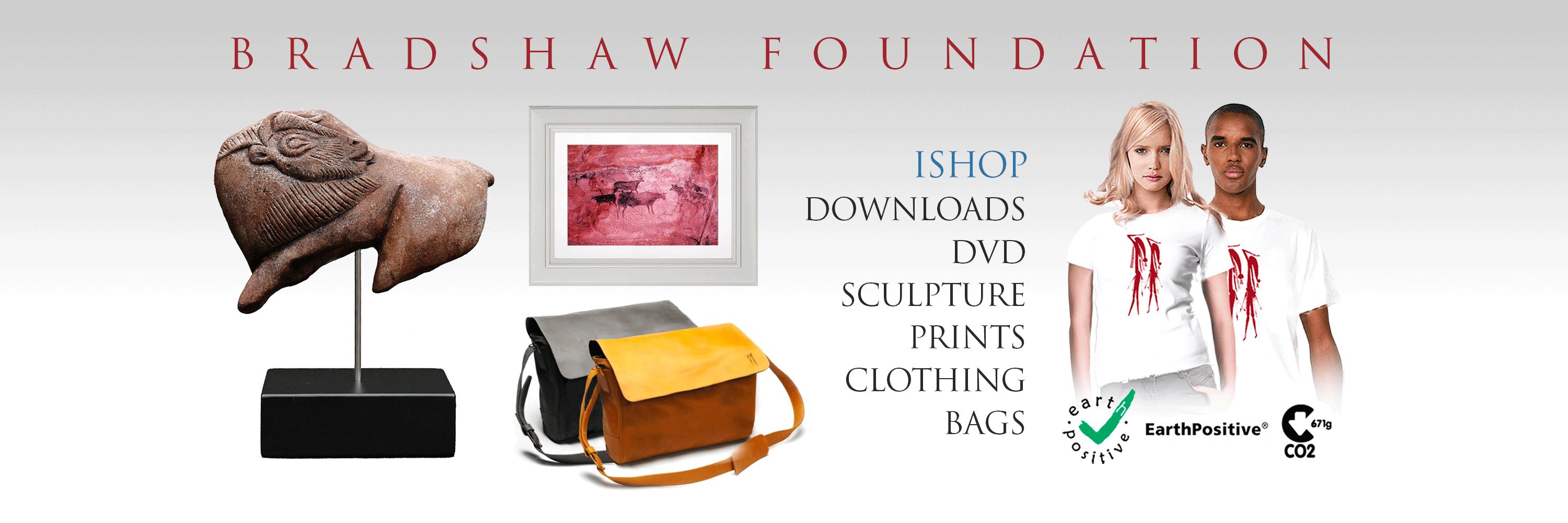


An article by Tom Robinson on abc.net.au - Federal assessment of millennia-old rock art begins on Western Australia's Burrup Peninsula - reports on the balance between major industry and ancient cultural heritage in a small corner of Western Australia's north.

In September, federal Environment Minister Tanya Plibersek appointed an independent reporter to look into claims that significant Aboriginal sites are under threat due to continued industrialisation on the Burrup Peninsula, near Karratha in the Pilbara region. Indigenous groups have welcomed the arrival of the government-appointed independent reporter to the region, where there are questions over the extent of the damage from emissions on the rock art and whether the ancient petroglyphs should be moved.
The area is home to more than a million pieces of sacred rock art. An independent reporter Alison Stone will consider whether it is worthy of a ministerial declaration to protect it. For Ngarluma woman Samantha Walker, the arrival of Ms Stone on her country last week presents an opportunity for many local people to have their first say on the issue. She explained "To feel the importance of my country … I need you to come, smell, feel and taste it while it's still here."
The Pilbara is known for its lucrative iron ore industry, but Ms Stone's focus is the towering gas and chemical manufacturing operations on the Burrup. The peninsula, called Murujuga in local language, is the site of the Yara Pilbara fertiliser plant and Australia's largest liquefied natural gas producer, Woodside. Meanwhile, there are plans for a new fertiliser facility owned by multinational group Perdaman, which would see the art moved off the Burrup.
There are two key issues at the centre of the discussion, namely to what extent the companies' emissions have damaged the rock art, and whether the rock art should be moved to facilitate the Perdaman plant. Concerns have also been raised about access to sacred sites, and "visual desecration" caused by a proposed bank of solar panels connected to Yara's operations.
Ms Stone visited the Pilbara for the second time last week to meet with all parties. She will investigate the area's significance, the claimed threats to heritage, if current protections are sufficient and whether Ms Plibersek should step in. The socio-economic impact of intervention will also be considered.
by Bradshaw Foundation
Monday 03 February 2025
by Bradshaw Foundation
Friday 09 August 2024
by Bradshaw Foundation
Wednesday 24 July 2024
by Bradshaw Foundation
Thursday 04 July 2024
by Bradshaw Foundation
Monday 01 July 2024
by Bradshaw Foundation
Wednesday 20 March 2024
by Bradshaw Foundation
Tuesday 13 February 2024
by Bradshaw Foundation
Tuesday 13 February 2024
by Bradshaw Foundation
Thursday 01 February 2024
by Bradshaw Foundation
Tuesday 28 November 2023
by Bradshaw Foundation
Thursday 23 November 2023
by Bradshaw Foundation
Monday 20 November 2023
by Bradshaw Foundation
Tuesday 31 October 2023
by Bradshaw Foundation
Thursday 26 October 2023
by Bradshaw Foundation
Wednesday 20 September 2023
by Bradshaw Foundation
Monday 17 July 2023
by Bradshaw Foundation
Monday 03 February 2025
by Bradshaw Foundation
Friday 09 August 2024
by Bradshaw Foundation
Wednesday 24 July 2024
by Bradshaw Foundation
Thursday 04 July 2024
by Bradshaw Foundation
Monday 01 July 2024
by Bradshaw Foundation
Wednesday 20 March 2024
by Bradshaw Foundation
Tuesday 13 February 2024
by Bradshaw Foundation
Tuesday 13 February 2024
by Bradshaw Foundation
Thursday 01 February 2024
by Bradshaw Foundation
Tuesday 28 November 2023
by Bradshaw Foundation
Thursday 23 November 2023
by Bradshaw Foundation
Monday 20 November 2023
by Bradshaw Foundation
Tuesday 31 October 2023
by Bradshaw Foundation
Thursday 26 October 2023
by Bradshaw Foundation
Wednesday 20 September 2023
by Bradshaw Foundation
Monday 17 July 2023
Friend of the Foundation











